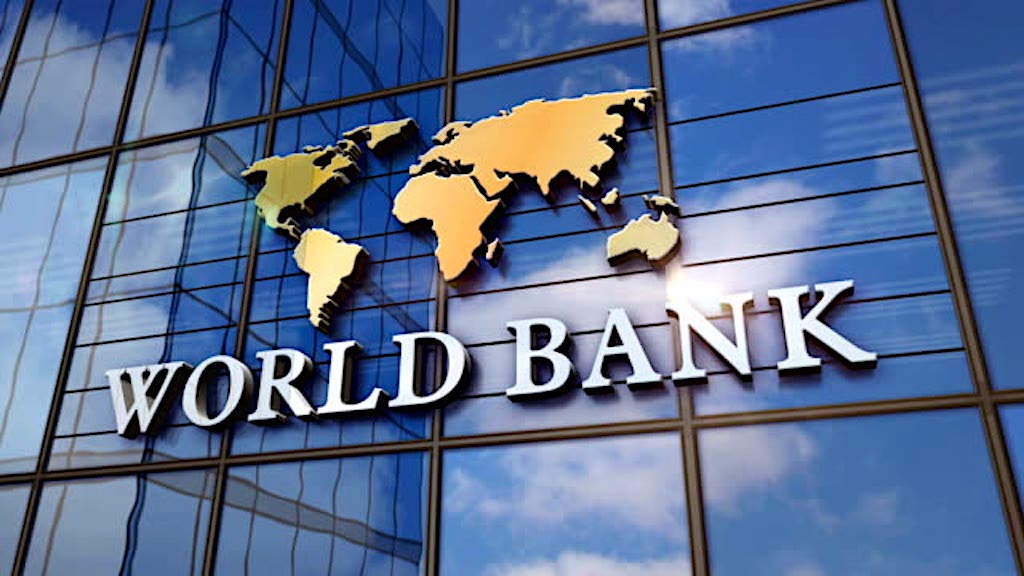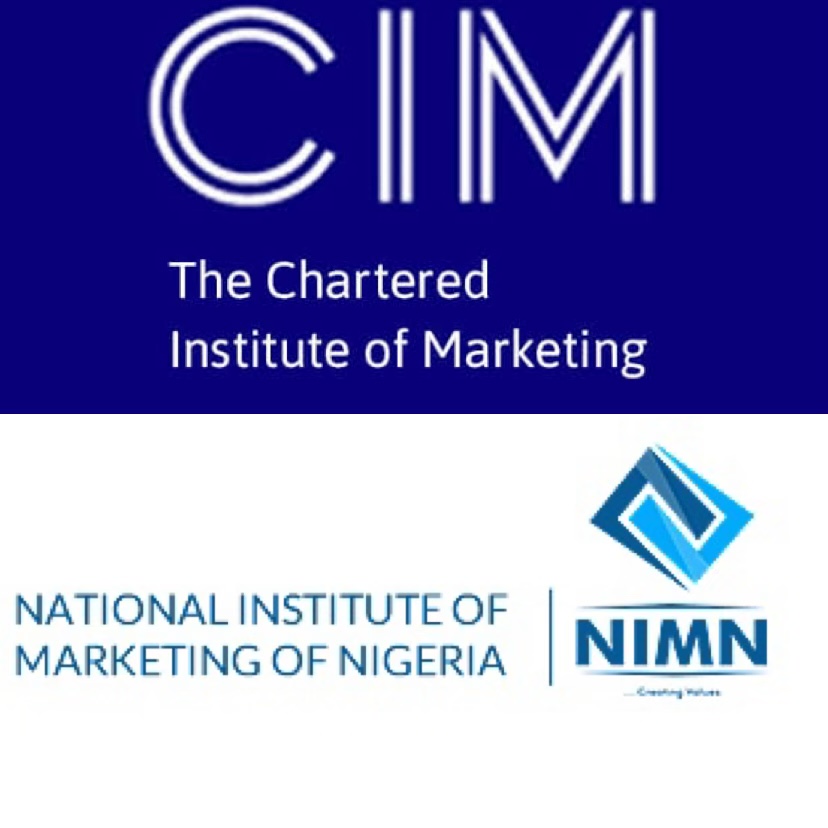By Amos Oladele
World Bank has identified job creation as the surest way to unlock prosperity. In the report below, World Bank does not only identify jobs creation as the surest way to fight property and unlock prosperity, it goes further to present its approach to creating more and better jobs via scalable and sustainable solutions; detailing its efforts across the globe and charting the path forward into the future.
Introduction
Over the next decade, 1.2 billion young people will reach working age. But projections show that only about 420 million jobs are expected to be generated in that time. That leaves hundreds of millions without a clear path to employment, with wide-ranging
development consequences.
Job creation is one of the most effective ways to defeat poverty and grow prosperity, helping countries build self-sufficient economies and a strong labor force. It can also strengthen global stability and address the root causes of unrest and migration.
More than just a source of income, jobs provide people with a sense of dignity and purpose. They unlock potential, empower women, engage young people, and can make communities stronger.
Also Read:World Bank presents regional economic updates
Investing in women’s economic opportunities, for instance, can have a multiplier effect on decreasing poverty as women typically reinvest up to 90 percent of their earnings into their families and communities.
A Three-Pillar Approach to Jobs
Creating more and better jobs will require scalable and sustainable solutions. That’s why jobs are at the core of the World Bank’s Group’s approach to development.
Partnering with governments and the private sector around the world, we work with countries through the entire life cycle of job creation, providing expertise, policy and technical support, and helping to build enabling environments for sustainable economic growth.
Since 2019, the World Bank's jobs-related efforts have benefited 77 million people. Our International Development Association (IDA)’s job strategy has long helped drive job creation in low-income countries.
To ramp up these efforts, we established a High-Level Advisory Council on Jobs and are making job creation an explicit aim of everything we do, not just a by-product.
The goal is to help countries build dynamic private sectors that convert growth into local jobs, producing opportunities where people already live, with a focus on women and youth.
More specifically, we are taking a three-pillar approach, which includes establishing the foundational infrastructure necessary for jobs, working with governments to strengthen governance and support business-enabling policies and a predictable regulatory environment, and mobilizing private capital.
To achieve this, the World Bank Group is working with governments, the private sector, international financial institutions, and
other partners to provide policy and advisory support, financing, and knowledge.
Here’s a closer look at our strategy to create more and better jobs for the future.
1. Establishing the Foundational Infrastructure for Jobs
Creating jobs starts with public sector support. Governments can prioritize the health and well-being of their workforces and invest in health care, education, skills training, clean air and water, transportation, and energy required for people and businesses to
thrive. These infrastructure investments lay the foundation for sustained economic growth.
The World Bank Group, particularly the International Bank for Reconstruction and Development and IDA, helps countries finance these priorities and ensure that resources are used effectively. Our financing is linked to results, so every dollar delivers impact.
In Tunisia, for instance, the Tunisia Tertiary Education for Employability Project is providing students with targeted training and matching skills with employers’ needs, benefiting over 22,000 students.
In Bangladesh, funding has helped empower economic zones and software technology parks, generating nearly 45,000 jobs, including for women. As of June 2024, we have supported 305.2 million students with better education and 381.1 million people in receiving quality health services through our active portfolios.
The World Bank also launched Mission 300 last year, with the goal of delivering electricity to 300 million people in Africa by 2030.
Domestic resource mobilization—tax revenue and capital markets—is also critical for governments to be able to make these investments. The World Bank Group offers a wide range of solutions for countries to boost their domestic resource mobilization and make their tax systems more progressive and efficient.
We’re supporting 40 countries in scaling up their domestic capital markets by helping them design policies, strengthen local currency financing and bond markets, and develop domestic institutional investors like pension funds.
2. Strengthening Governance and Policies
Alongside public investments, stronger governance and business-enabling policies and a predictable regulatory environment are also needed. Smarter, more ambitious government policies can foster an enabling environment where the private sector can operate, grow, and spur job creation across industries. But this requires governments to streamline regulations, remove bureaucratic barriers, and cut unnecessary red tape.
It also involves working with partners to control corruption. From better tax systems and land rules to improved detection of corruption, the World Bank works with countries to advance reforms that make it easier to do business.
Apart from financing, we are a Knowledge Bank whose advisory services and analytics play an important role in identifying opportunities for private sector development as well as
critical obstacles, such as insufficient bankruptcy laws and a lack of access to finance.
Insights from timely World Bank Group research and reports like Business Ready, Women, Business, and the Law, the Country Growth and Jobs Report, and the Country Private Sector Diagnostics can also guide governments as they adopt policies that foster broad-based growth.
This knowledge helps inform the World Bank Group’s loan and investment decisions too. The World Bank is also working with countries to address the growing complexity of corruption, including through the use of data and technology and by supporting
governments to improve electronic procurement.
As part of this work, we’ve launched the Anticorruption for Development Global Partnership, which includes 250 partners dedicated to fighting corruption.
3. Mobilizing Private Capital
Public finance alone will not deliver the investment necessary to develop a vibrant private sector that creates jobs and sustained growth. The private sector also needs to be mobilized—small, medium, and large businesses alike—as a dynamic private sector can catalyze entrepreneurship, competition, and, ultimately, demand for labor.
But private sector investment flows only when the conditions are right and where there’s a
clear probability of return.
The World Bank Group is helping countries to mobilize private sector financing and create a more conducive environment for private sector growth. For instance, the Private Sector Investment Lab, an initiative that includes the World Bank Group and
CEOs of leading global private sector institutions, is working to develop solutions that address barriers to private sector investment in emerging markets and developing economies.
Since the Labs launch in 2023, private sector leaders have provided us with guidance to help better align our strategies and undertake new initiatives to increase the speed and scale of private capital flows for development, such as Mission
300.
IDA’s Private Sector Window (IDA PSW) has been catalyzing private sector investment in the poorest and most fragile countries since 2017, including through increasing access to funding for business owners in the Democratic Republic of Congo and a gender bond in Tanzania that is helping boost funding for women-owned businesses.
The World Bank Group’s private sector arms, the International Finance Corporation (IFC) and Multilateral Investment Guarantee Agency (MIGA), help businesses of all sizes create jobs by providing financing, equity, guarantees, and political risk insurance.
They also support skills development tailored to local needs. An IFC project in the Western Balkans, for example, is providing training, skills, and networking opportunities to manufacturing firms in the region to generate jobs.
IFC and MIGA attract more than $1 from private investors for every dollar they invest. In addition, the International Centre for Settlement of Investment Disputes provides a neutral, rules- based mechanism for resolving investment disputes between investors and states.
The new IFC 2030 strategy is focused on mobilizing the private sector at scale to create more and better jobs, since the private sector accounts for 90 percent of jobs in developing countries. It includes building blocks to support these ambitions, tailoring our approach and solutions based on a country's development needs and market size.
The Path Forward
There are also sectors that offer a bright spot for generating local jobs on a large scale, including infrastructure and energy, agribusiness, health care, tourism, and value-added manufacturing. Suited to local strengths, these sectors have a high potential for job creation, may be more resilient to the broader forces reshaping the global economy, and may not require the high level of investment needed for job game changers like digitalization.
The World Bank Group will target these areas that offer significant opportunities. For instance, a World Bank project trained more than 22,000 people in tourism or related sectors in Madagascar and created more than 10,000 formal jobs in the tourism and agribusiness industries in 2023.
The developing world is home to the next generation of workers, entrepreneurs, and innovators. Bringing together the private and public sectors at scale and with staying power can help unleash this vast untapped potential and fuel development for decades to come.
Also watch:MARKETING EDGE ONTV







Comment
No comments found.